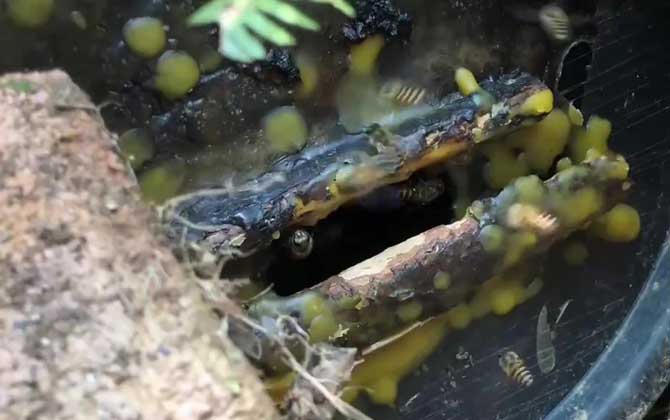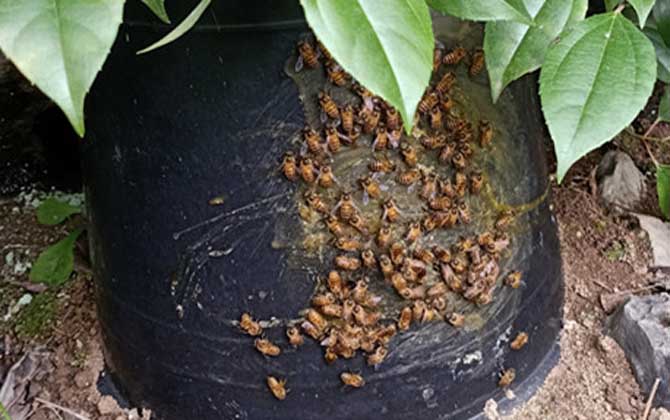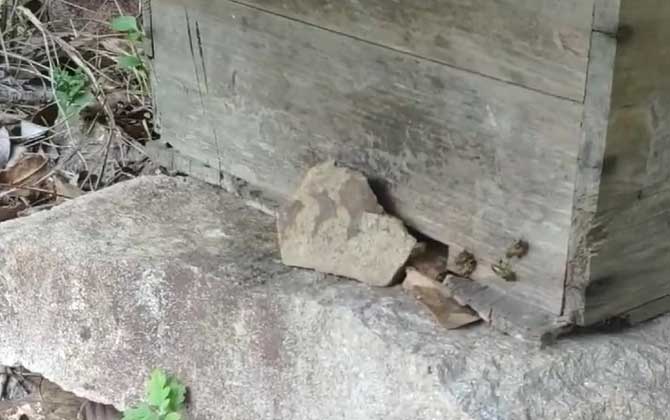Bees: Nature’s Master Pollinators
Bees, belonging to the family Apidae and genus Apis, are social insects comprising nine recognized species worldwide. Renowned for their flower-visiting and honey-producing capabilities, they are particularly represented by the Chinese honey bee (Apis cerana, an eastern subspecies) and Italian honey bee (Apis mellifera, a western subspecies). Let’s explore their remarkable sensory abilities and beekeeping applications.

I. Taxonomic Classification
As vital ecological resources, bees hold this taxonomic classification:
- Kingdom: Animalia
- Phylum: Arthropoda
- Class: Insecta
- Order: Hymenoptera
- Family: Apidae
- Genus: Apis
The nine recognized species include:
- Eastern honey bee (Apis cerana)
- Western honey bee (Apis mellifera)
- Dwarf honey bee (Apis florea)
- Black dwarf bee (Apis andreniformis)
- Giant honey bee (Apis dorsata)
- Black giant bee (Apis laboriosa)
- Sabah honey bee (Apis koschevnikovi)
- Sulawesi giant bee (Apis nigrocincta)
- Philippine honey bee (Apis breviligula)
Of these, Chinese and Italian bees remain the most prevalent subspecies in apiculture.

II. Olfactory Capabilities
Bees can detect (beeswax) from 2-3 kilometers away, despite lacking conventional nasal structures. Their extraordinary scent detection system features:
- Antennae containing 170 odorant receptors
- 60,000 olfactory sensilla (scent receptors)
- Specialized odor-binding proteins
Comparative studies show:
| Species | Odor Detection Threshold |
|---|---|
| Honey bee | 1 part per billion |
| Bloodhound | 1 part per trillion |
| Human | 1 part per million |
During nectar scarcity, their range extends to 5 km through:
- Increased flight altitude
- Enhanced pheromone communication
- Optimized search patterns

III. Advanced Bee Attraction Techniques
1. Essential Tools
Beekeepers use various apparatus:
- Bait Hives: Wooden boxes with wax-coated interiors
- Log Traps: Natural hollow logs with entrance waxing
- Artificial Cavities: Man-made structures mimicking tree hollows
Key application tips:
• Apply pure beeswax (avoid paraffin mixtures)
• Create comb foundation patterns
• Use propolis residues for added attraction
2. Optimal Placement Strategy
Five crucial location factors:
- Proximity to wild colonies (1-3 km ideal)
- Abundant floral resources (multiple blooming species)
- Low-noise environment (≤55 dB)
- Minimal predator presence (especially Vespa species)
- Proper elevation (1.5-3m above ground)
Microclimate considerations:
• South-facing slopes in cooler climates
• Shaded areas in tropical regions
• Wind protection through natural barriers
3. Maintenance Protocol
Effective management requires:
- Weekly inspections during peak season
- Post-rain checks (prime swarming time)
- Immediate colony transfer upon occupation
- Predator control measures:
– Ant moats
– Mouse guards
– Wasp traps - Site restoration after colony removal
Modern beekeepers enhance success rates using:
• GPS tracking for swarm patterns
• Weather monitoring apps
• Digital pheromone dispensers
This combination of traditional knowledge and technology continues to revolutionize apiculture practices worldwide.